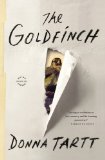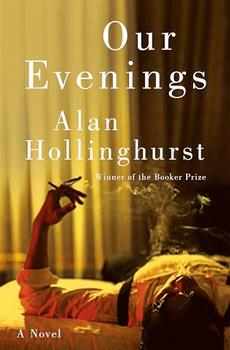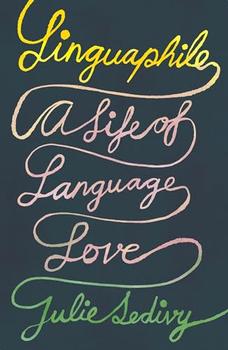Summary | Excerpt | Reviews | Beyond the Book | Readalikes | Genres & Themes | Author Bio

A Novel
by Donna Tartt
"This is just about the first painting I ever really loved," my mother was saying. "You'll never believe it, but it was in a book I used to take out of the library when I was a kid. I used to sit on the floor by my bed and stare at it for hours, completely fascinated—that little guy! And, I mean, actually it's incredible how much you can learn about a painting by spending a lot of time with a reproduction, even not a very good reproduction. I started off loving the bird, the way you'd love a pet or something, and ended up loving the way he was painted." She laughed. "The Anatomy Lesson was in the same book actually, but it scared the pants off me. I used to slam the book shut when I opened it to that page by mistake."
The girl and the old man had come up next to us. Self-consciously, I leaned forward and looked at the painting. It was a small picture, the smallest in the exhibition, and the simplest: a yellow finch, against a plain, pale ground, chained to a perch by its twig of an ankle.
"He was Rembrandt's pupil, Vermeer's teacher," my mother said. "And this one little painting is really the missing link between the two of them—that clear pure daylight, you can see where Vermeer got his quality of light from. Of course, I didn't know or care about any of that when I was a kid, the historical significance. But it's there."
I stepped back, to get a better look. It was a direct and matter-of-fact little creature, with nothing sentimental about it; and something about the neat, compact way it tucked down inside itself—its brightness, its alert watchful expression—made me think of pictures I'd seen of my mother when she was small: a dark-capped finch with steady eyes.
"It was a famous tragedy in Dutch history," my mother was saying. "A huge part of the town was destroyed."
"What?"
"The disaster at Delft. That killed Fabritius. Did you hear the teacher back there telling the children about it?"
I had. There had been a trio of ghastly landscapes, by a painter named Egbert van der Poel, different views of the same smouldering wasteland: burnt ruined houses, a windmill with tattered sails, crows wheeling in smoky skies. An official looking lady had been explaining loudly to a group of middle-school kids that a gunpowder factory exploded at Delft in the 1600s, that the painter had been so haunted and obsessed by the destruction of his city that he painted it over and over.
"Well, Egbert was Fabritius's neighbor, he sort of lost his mind after the powder explosion, at least that's how it looks to me, but Fabritius was killed and his studio was destroyed. Along with almost all his paintings, except this one." She seemed to be waiting for me to say something, but when I didn't, she continued: "He was one of the greatest painters of his day, in one of the greatest ages of painting. Very very famous in his time. It's sad though, because maybe only five or six paintings survived, of all his work. All the rest of it is lost—everything he ever did."
The girl and her grandfather were loitering quietly to the side, listening to my mother talk, which was a bit embarrassing. I glanced away and then—unable to resist—glanced back. They were standing very close, so close I could have reached out and touched them. She was batting and plucking at the old man's sleeve, tugging his arm to whisper something in his ear.
"Anyway, if you ask me," my mother was saying, "this is the most extraordinary picture in the whole show. Fabritius is making clear something that he discovered all on his own, that no painter in the world knew before him—not even Rembrandt."
Very softly—so softly I could barely hear her—I heard the girl whisper: "It had to live its whole life like that?"
I'd been wondering the same thing; the shackled foot, the chain was terrible; her grandfather murmured some reply but my mother (who seemed totally unaware of them, even though they were right next to us) stepped back and said: "Such a mysterious picture, so simple. Really tender—invites you to stand close, you know? All those dead pheasants back there and then this little living creature."
Excerpted from The Goldfinch by Donna Tartt. Copyright © 2013 by Donna Tartt. Excerpted by permission of Little Brown & Company. All rights reserved. No part of this excerpt may be reproduced or reprinted without permission in writing from the publisher.




Be careful about reading health books. You may die of a misprint.
Click Here to find out who said this, as well as discovering other famous literary quotes!
Your guide toexceptional books
BookBrowse seeks out and recommends the best in contemporary fiction and nonfiction—books that not only engage and entertain but also deepen our understanding of ourselves and the world around us.